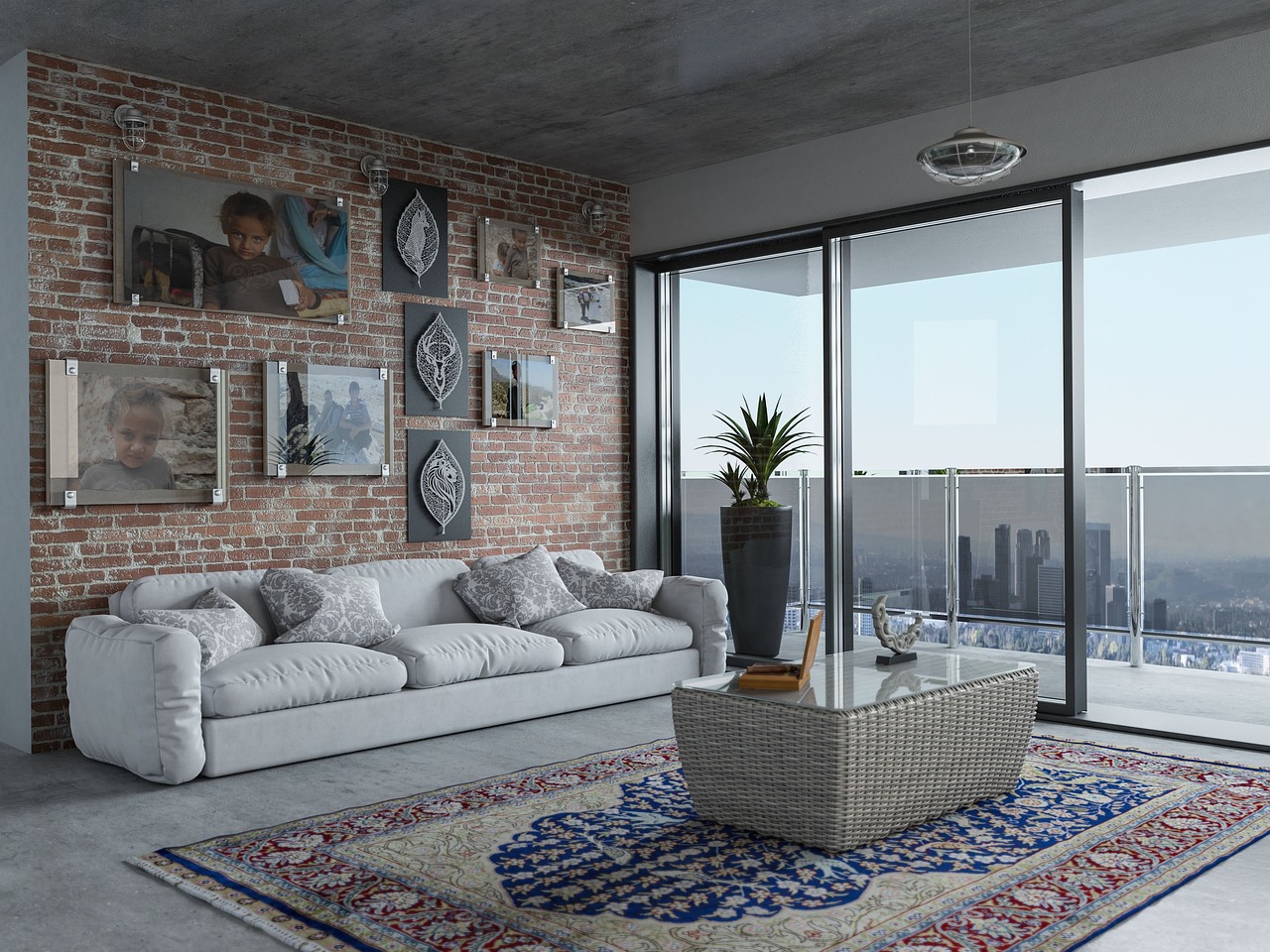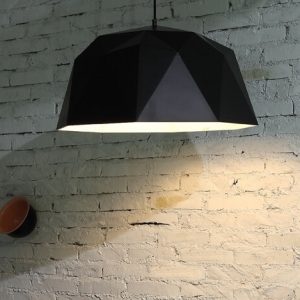Designing Accessible Outdoor Volleyball Courts: Promoting Fitness and Fun for All
In today’s world, the focus on inclusivity has become increasingly important in all aspects of life, including outdoor spaces. When it comes to designing outdoor areas, it is crucial to consider the needs and comfort of everyone, regardless of age, ability, or background. By making conscious efforts to create inclusive outdoor spaces, we can ensure that individuals from all walks of life can come together to enjoy nature, relax, and engage in recreational activities.
When planning outdoor spaces, factors such as accessibility, safety, and comfort should be taken into account to cater to individuals with diverse needs. This may involve incorporating features such as ramps, wide pathways, seating areas, and accessible facilities to ensure that everyone can navigate and enjoy the space comfortably. By promoting inclusivity in outdoor spaces, we not only create a welcoming environment for all but also foster a sense of community and belonging among individuals from different backgrounds.
Understanding the Importance of Accessibility in Volleyball Courts
Accessibility in volleyball courts is a critical aspect that should not be overlooked. Providing inclusive spaces ensures that individuals of all abilities can enjoy and participate in the sport without facing barriers. By designing volleyball courts with accessibility in mind, we can promote equality, diversity, and overall inclusivity within the sporting community.
When volleyball courts are not accessible, it can lead to exclusion and limitations for certain individuals. This goes against the principles of sportsmanship and fair play. By implementing accessible features such as ramps, designated seating areas, and clear pathways, we can create a welcoming environment where everyone has the opportunity to engage in the game of volleyball.
Including ramps in volleyball courts allows individuals with mobility impairments to easily access the playing area
Designated seating areas provide a comfortable and safe space for spectators with disabilities to enjoy the game
Clear pathways ensure that individuals using mobility aids can navigate the court without obstacles or hazards
Accessibility features promote a sense of belonging and acceptance among all players and spectators, regardless of their abilities.
Key Considerations for Designing Accessible Volleyball Courts
Accessibility should be a top priority when designing volleyball courts to ensure that they can be enjoyed by people of all abilities. One key consideration is the surface of the court – it should be stable, firm, and provide good traction to accommodate wheelchair users and those with mobility aids. Additionally, having designated spaces for players to sit or rest between games is essential to promote inclusivity and allow everyone to participate comfortably.
Another important factor to consider is the layout of the court itself. Ensuring that there are clear pathways around the court for easy navigation by players with disabilities is crucial. Ramps or slopes should be provided for any changes in elevation to allow for seamless movement between different areas of the court. By incorporating these considerations into the design of volleyball courts, we can create spaces that are welcoming and accessible to all individuals, regardless of their physical abilities.
Why is it important to design accessible volleyball courts?
Designing accessible volleyball courts ensures that everyone, regardless of their physical abilities, can participate in and enjoy the sport. It promotes inclusivity and creates a welcoming environment for all players.
What are some key considerations for designing accessible volleyball courts?
Some key considerations include providing wheelchair access to the court, ensuring clear pathways and surfaces for easy movement, incorporating tactile indicators for visually impaired players, and having adjustable net heights for players of different abilities.
How can I make my volleyball court more accessible?
You can make your volleyball court more accessible by installing ramps for wheelchair access, providing designated seating areas for individuals with disabilities, and ensuring that the court surface is level and free of obstacles. Additionally, you can offer adaptive equipment for players with mobility limitations.
What are some common barriers to accessibility in volleyball courts?
Common barriers to accessibility in volleyball courts include uneven surfaces, lack of ramps or designated pathways for wheelchair users, high net heights that are difficult for shorter players to reach, and limited seating options for individuals with disabilities.
How can I advocate for more accessible volleyball courts in my community?
You can advocate for more accessible volleyball courts in your community by raising awareness about the importance of inclusivity in sports, partnering with local organizations that support individuals with disabilities, and working with city or park officials to prioritize accessibility in court design and renovations.







